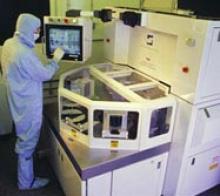A HEMT Cool-Down
Heat has got to be one of the most annoying side-effects of doing useful electrical work. The more work we do, the more things heat up, changing the characteristics of the circuitry and, if we’re not careful, leading to early end-of-life or outright failure.
It’s heat that’s part of why we’ve gone to multicore instead of simply ratcheting up microprocessor clock frequencies forever. Greater dissipation is one reason we end up with power transistors that are larger than they need to be for electrical reasons. And when 3D ICs … Read More → "A HEMT Cool-Down"



